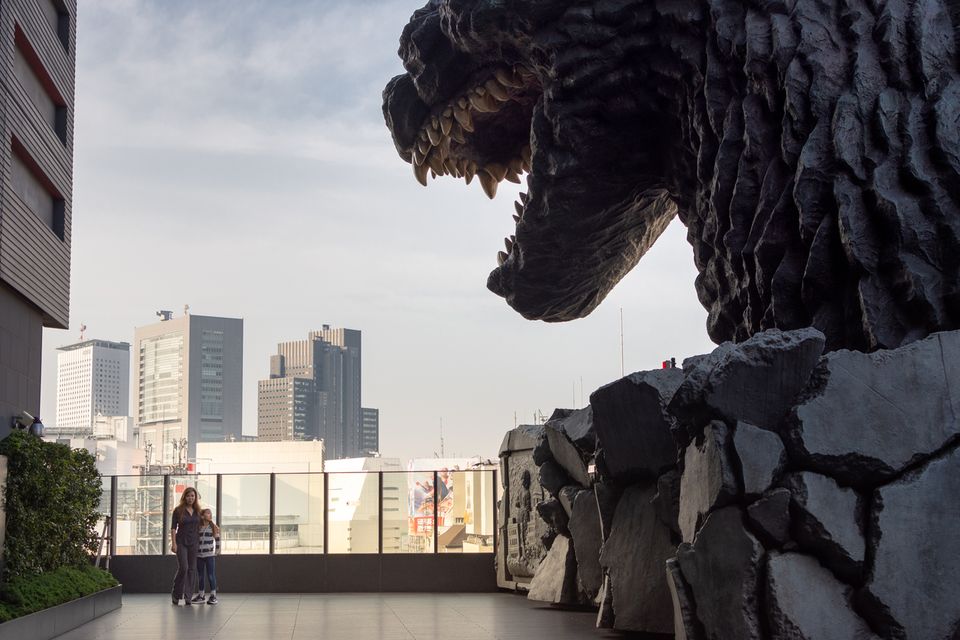Why Buying the Biggest Singapore REITs is a Smart Move

Singapore’s stock market isn’t the biggest in any Asia by any stretch. However, the “Little Red Dot” has built itself into a bubbling hub for investors looking to buy real estate investment trusts (REITs) in the region.
The great thing about Singapore REITs nowadays? They’re global in nature. Of the 42 REITs and property trusts listed on the Singapore Exchange (SGX), over 90% of them have properties overseas.
Makes sense, right? Singapore is a tiny country with limited land. But how should investors think about picking individual Singapore REITs to actually invest in and own long term?
That’s become more important because many REITs’ share prices have been smashed by higher interest rates in the US. Not all of them have performed terribly, though.
Investors thinking about buying REITs, both in uncertain times like now but even during what we’d consider an economic boom, need to assess how they approach investing in them.
So, here are three reasons why the “bigger the better” is the way to go when buying Singapore REITs.
1. Lower borrowing costs
First off, REITs and their ability to expand their portfolios are reliant on raising debt. Its business model functions much like a mortgage since they pay out all the rents they collect as dividends to shareholders.
In a low-interest rate environment, that’s generally good news. Now, though, with borrowing costs higher, that’s not so good.
Larger REITs have a substantial advantage here; they can raise debt at a lower cost. Essentially, that means paying a lower interest rate.
For example, large-cap REIT Mapletree Logistics Trust (SGX: M44U) had a weighted average annualized interest rate of 2.6% as of 31 December 2022. It has a market capitalisation (cap) of S$8.8 billion.
Meanwhile, a smaller cap REIT operating in the same industrial and logistics space – Sabana Industrial Trust (SGX: K2LU) – had an average all-in financing cost of 3.9% in its latest quarter. The REIT has a market cap of just S$520 million.
More money being spent on paying interest on debt means less money for growth and less money for shareholders’ dividends.
2. Bigger spending power and growth prospects
Second, smaller REITs don’t tend to have very strong “sponsors” or parent firms that can provide them with a steady pipeline of new properties to acquire.
Normally, big sponsors – like CapitaLand, Frasers Property and Mapletree Investments Pte Ltd – have a massive portfolio of global properties that they can just drop down to their listed REITs.
That whole saying of “location, location, location” when it comes to residential property is just as true when applied to listed REITs and their portfolios.
And what do you need to buy the best properties?

That’s right. For example, in September 2022, CapitaLand Ascendas REIT (SGX: A17U) announced that it was acquiring its first cold storage warehouse facility in Singapore for S$191 million.
That’s a lot of moolah. But because it has the lower borrowing costs (it can borrow more) and since it also has the backing of its parent (CapitaLand), the REIT is able to buy the best properties out there.
So, for smaller REITs, the lack of growth means they can’t continue to earn more and pay out more in dividends to shareholders.
3. Higher liquidity
Finally, we have the lower daily trading turnover of smaller Singapore REITs.
That basically means the total value of the shares bought and sold each day in a particular stock/REIT.
Let’s just look at an example of a large-cap REIT; Mapletree Pan Asia Commercial Trust (SGX: N2IU). It has a market cap of S$9.6 billion and an average daily trading value of around S$19 million.
Ok, so compare that to a teeny tiny REIT like AIMS APAC REIT (SGX: O5RU), a logistics REIT. It has a market cap of S$990 million and an average daily trading value of S$1.4 million – so less than 10% of Mapletree Pan Asia’s average daily trading value.
Instead of appreciating, these smaller REITs’ share prices tend to move sideways or downwards.
That’s because their higher borrowing costs, and less attractive growth options, are compounded by the fact that trading liquidity is lacking.
Remember that around 80% of the daily trading turnover on the SGX comes from institutional investors.
These are large pension funds, fund providers or asset managers and they tend to buy stocks that are highly liquid and that have the best fundamental prospects.
As a result, smaller Singapore REITs (and their share prices) get caught in a nasty death spiral of sorts.
Buy bigger when it comes to Singapore REITs
If you’re buying Singapore REITs as long-term investments, don’t be fooled by smaller REITs and their higher dividend yields.
It looks great but – like opening a present in anticipation and finding out it’s just a pair of socks – the disappointment is real.
Stick to the biggest and best that have lower yields but won’t permanently destroy the money you’ve actually put into them.
Bigger really is better, at least when it comes to Singapore REITs.
